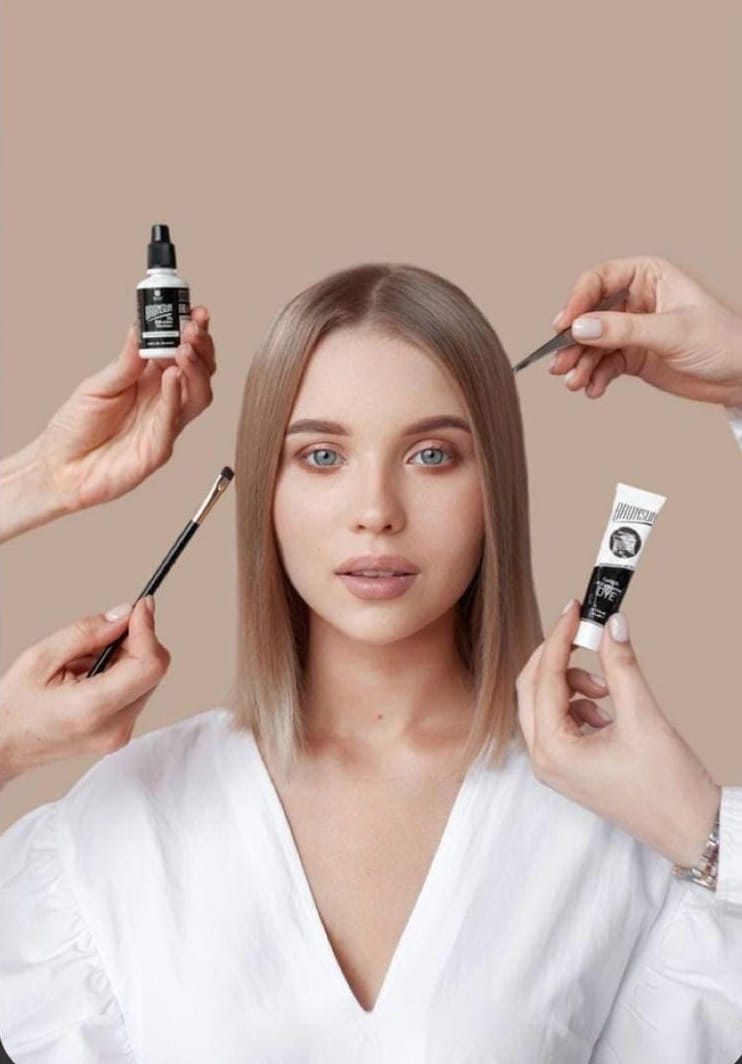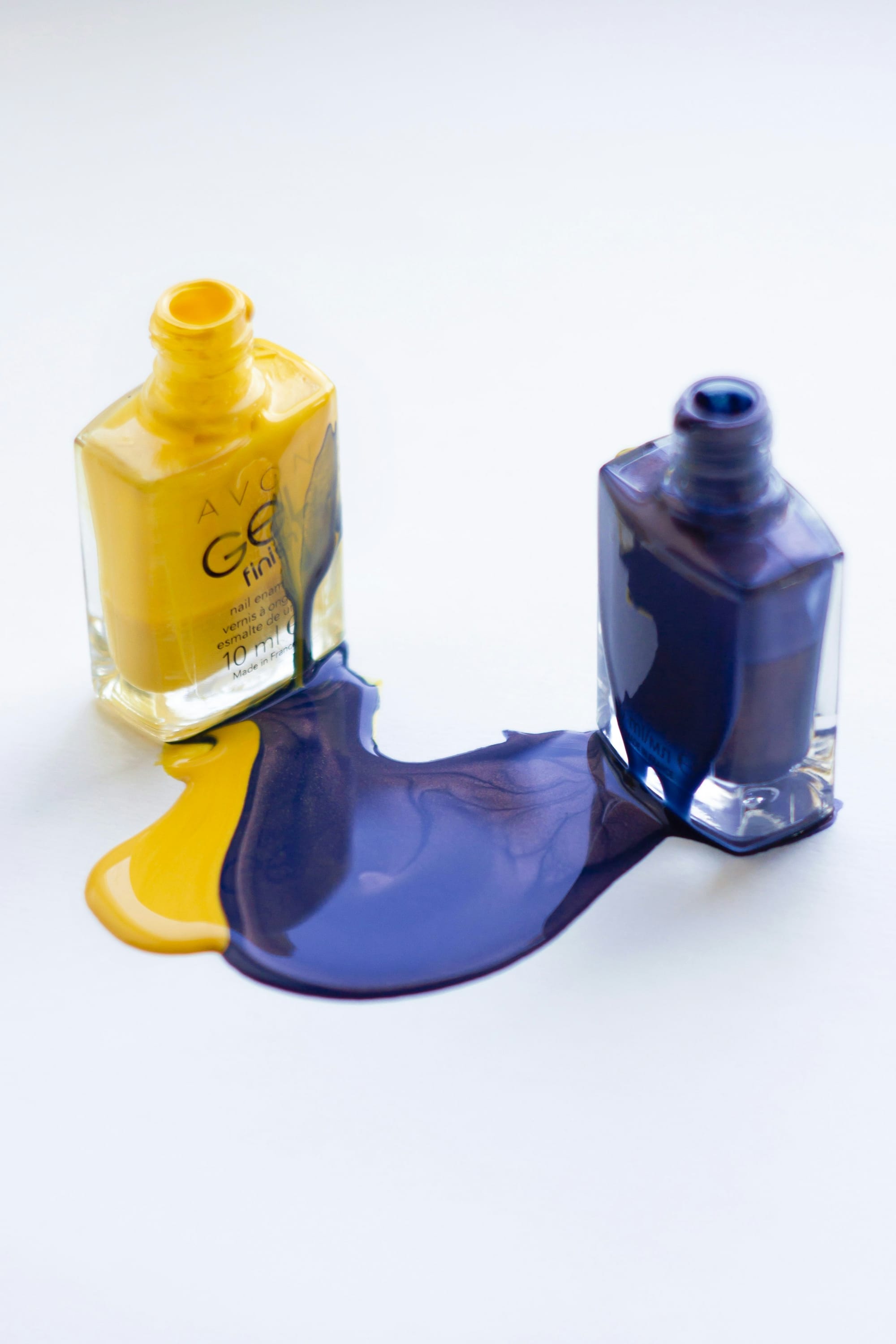In today's evolving beauty industry, where traditional marketing channels like TV, radio, and print have taken a backseat to websites and social media, independent beauty brands face new challenges in reaching their target audience effectively. This shift in consumer behaviour and market dynamics has created a need for innovative marketing strategies that go beyond the digital realm. Experiential marketing is a powerful tool for independent beauty brands to enhance their marketing sales and customer reach memorably and engagingly.

Why Experiential Marketing?
Experiential marketing allows independent beauty brands to create immersive experiences that resonate with their audience on a personal level. By moving beyond traditional advertising methods, such as display ads or sponsored posts, brands can forge deep emotional connections with consumers through direct participation and engagement. This shift from passive exposure to active involvement enables brands to stand out in a highly saturated market and effectively capture their target customers' attention.
The benefits for independent beauty brands
Creating lasting impressions: experiential marketing focuses on crafting memorable experiences, such as pop-up stores, beauty workshops, or product demos, that leave a lasting impact on consumers. By allowing customers to interact physically with the products, brands can stimulate interest, drive purchase decisions, and generate positive word-of-mouth referrals.
Fostering emotional connections: through interactive experiences, independent beauty brands can establish deeper emotional connections with their audience. These connections can increase brand loyalty, repeat purchases, and advocacy as customers become emotionally invested in the brand's story and values.
Standing out in a crowded market: in an industry where competition is fierce, experiential marketing offers a unique way for independent brands to differentiate themselves. Companies can attract customers seeking authentic and engaging interactions by providing more than just a product and creating experiences or communities around their brand.
Amplifying reach through social media: experiential marketing events are highly shareable on social platforms, enabling brands to extend their reach organically. User-generated content from attendees, tagged with brand mentions and specific hashtags, can expand visibility and attract a broader audience without additional costs.

Insights for strategic growth: experiential marketing also serves as a valuable source of customer feedback. By engaging with audiences in real-life settings, brands can gather insights crucial for refining products, fine-tuning marketing strategies, and aligning offerings with consumer preferences, ultimately driving sales growth.
Bridging online and offline channels: experiential marketing acts as a bridge that connects virtual interactions with physical experiences for brands operating both online and offline. By seamlessly integrating online-to-offline strategies, brands can enhance customer engagement across all touchpoints and drive sales through a cohesive journey.
Conclusion
In conclusion, the shift towards experiential marketing represents a transformative opportunity for independent beauty brands to elevate their marketing efforts, boost sales, and expand customer reach in an increasingly digital landscape. By investing in immersive experiences that captivate their audience, these brands can cultivate strong brand loyalty, differentiation, and community engagement, paving the way for sustainable growth and success in the competitive beauty market.

